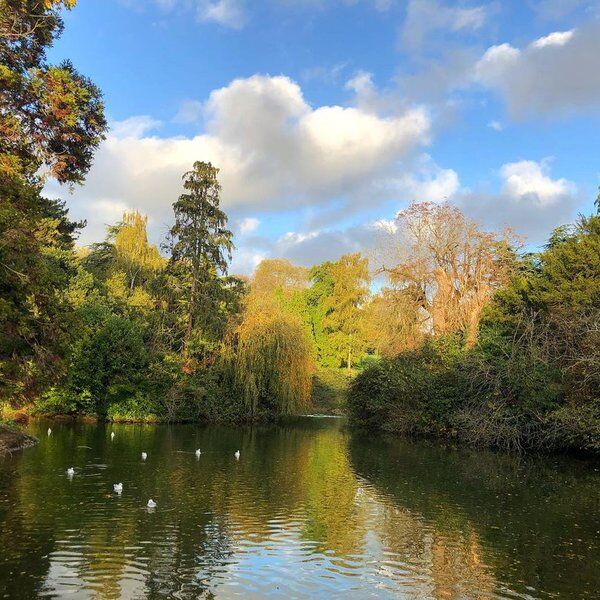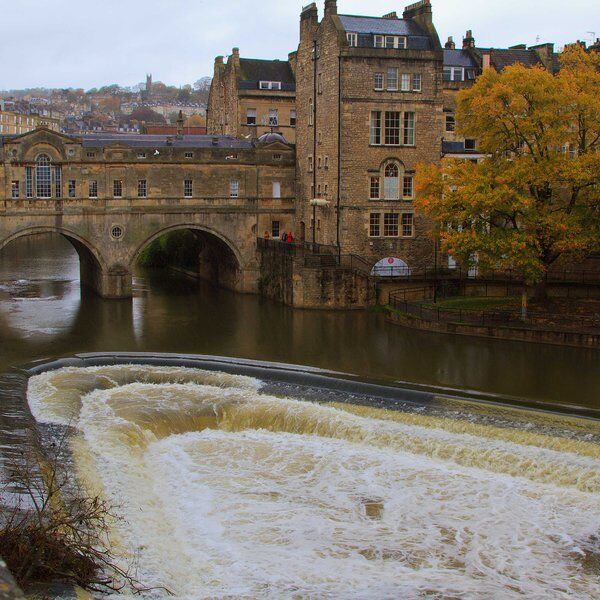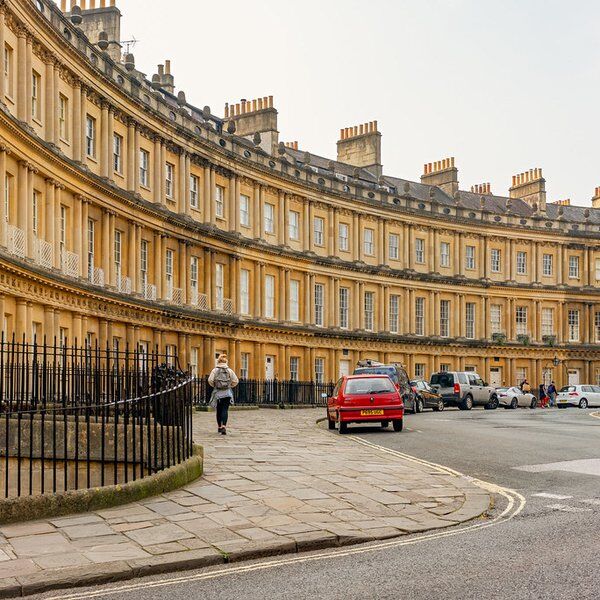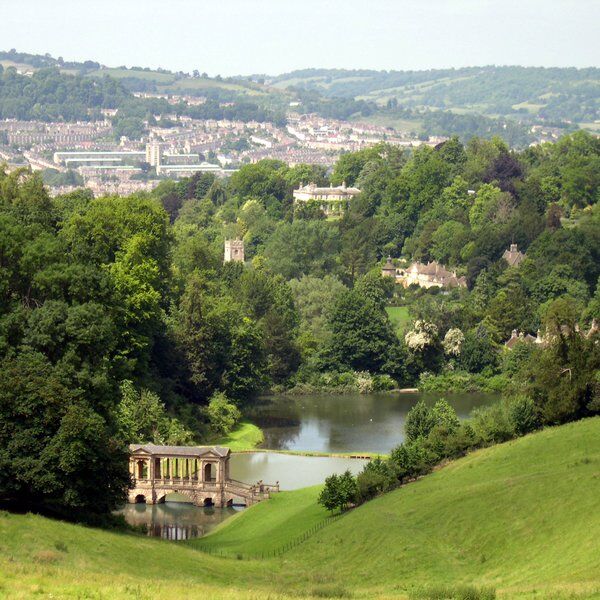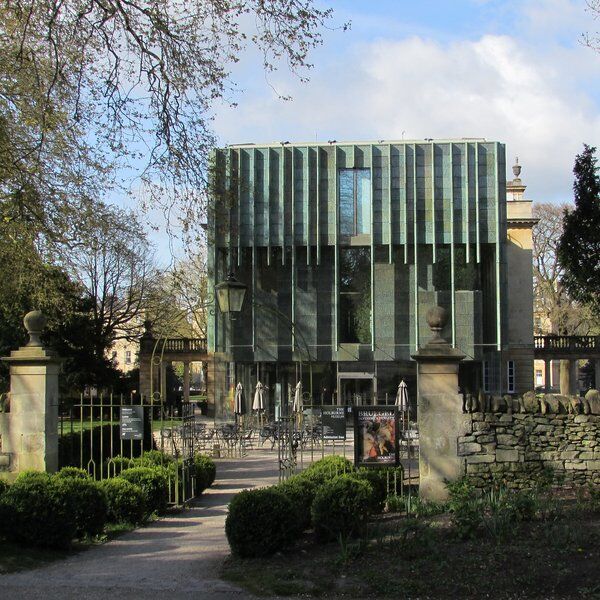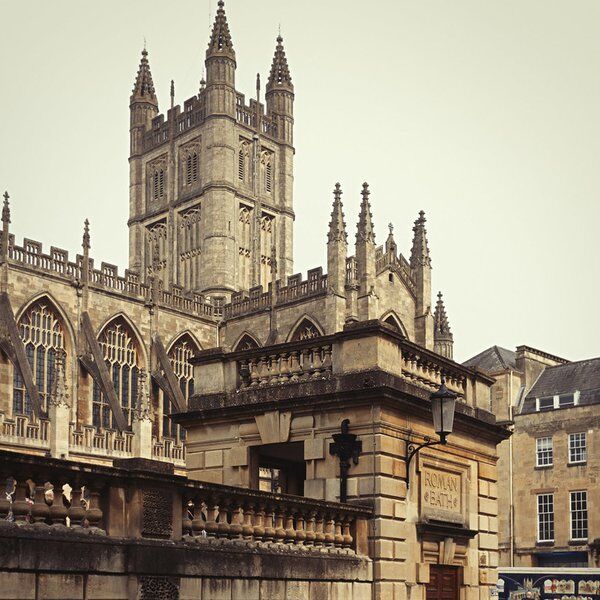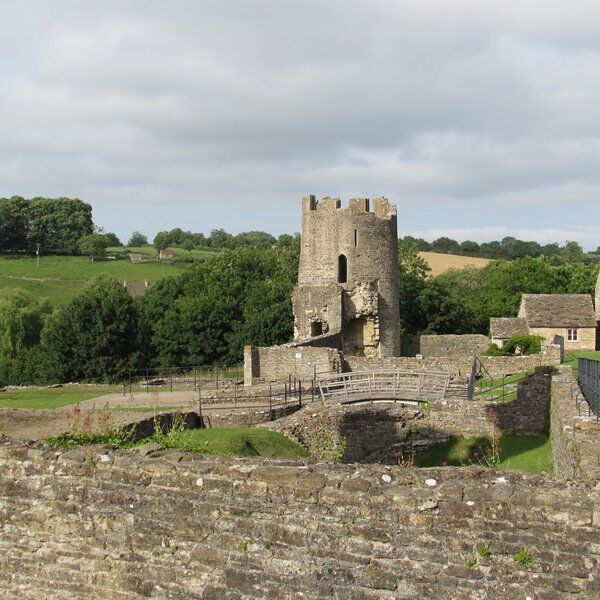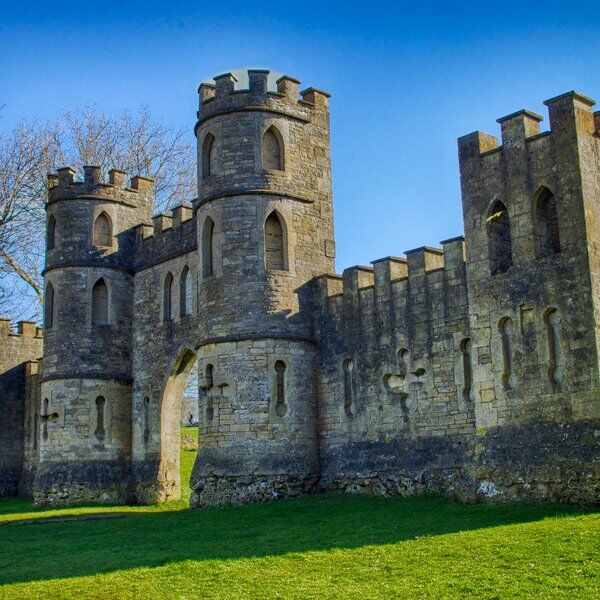
Discover Theatre Royal in Bath
Built on its current site in 1805, the Theatre Royal Bath has been described by the Theatres Trust as "one of the most important surviving examples of Georgian theatre architecture." The theatre first opened its doors with a performance of Shakespeare's "Richard III." Throughout its early years, the theatre hosted performances by leading actors of the time, including Dorothea Jordan, William Macready, and Edmund Kean.
Today, with a seating capacity of around 900, Theatre Royal continues to enchant audiences with a varied programme of top-quality entertainment year-round, including drama, West End productions, opera, comedy, and dance. These performances occur across the theatre’s three auditoriums; the Main House, the Ustinov Studio, and the Egg Theatre. On your way through why not stop off at the in-house historic Garrick's Head Pub!
Theatre Royal: Georgian Design
The Theatre Royal, along with the Garrick's Head Pub, is a Grade II listed building renowned for its Georgian architecture. The oldest part of the building, the former Garrick's Head, is a three-storey, five-bay structure with a basement, hipped roof, and part-balustraded parapet. Hanging above the entrance, watching the comings and goings, is a bust of David Garrick, crafted in 1831 by Lucius Gahagan.
The Beauford Square side was originally the main entrance to the pit and galleries. The east front, now the main entrance on Sawclose, was transformed from a plain six-bay entrance with the addition of a round-arched foyer, concealing four of the original bays. In 2017, it was redesigned into a pedestrian-friendly, easily-accessible space.
Inside, the 900-seat auditorium has tiers of ornate plasterwork, red and gilt decorations, and a trompe-l'œil ceiling complete with a glittering chandelier. The three galleries are arranged in a horseshoe plan and supported by cast iron pillars.

The Ustinov Studio
Established in 1997, the Ustinov Studio, named after the actor Peter Ustinov, is located at the rear of the Theatre Royal on Monmouth Street. The front of the studio features a bronze winged figure titled "Hopefully," designed by Igor Ustinov. Initially intended as a youth theatre and for small-scale touring productions, the 150-seat auditorium soon accommodated classical concerts, stand-up comedy, and in-house productions.
In 2007 there was a refurbishment effort to upgrade the backstage and technical facilities, foyer, bar, and auditorium. It eventually reopened in February 2008 with a production of "Breakfast With Mugabe," starring Joseph Marcell, Miles Anderson, and Nicholas Bailey.
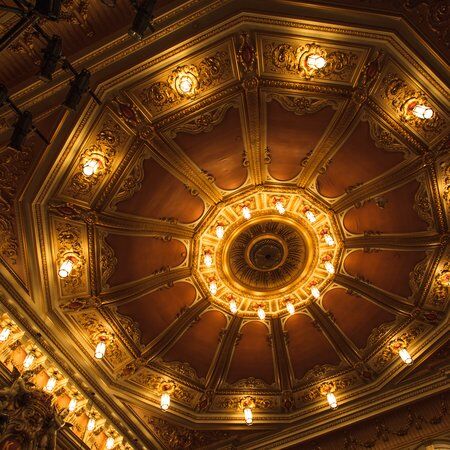
In 2011, Laurence Boswell became the Ustinov Studio's first Artistic Director. Under his leadership, the studio won awards for its productions, including Sarah Ruhl's "In the Next Room (or The Vibrator Play)," which won the Best New Play award at Theatre Awards UK 2012 and received three Tony Award nominations. The studio was also nominated for the Empty Space ... Peter Brook Award in 2012 and 2013.
The Ustinov Studio branched out with its Spanish Golden Age Season in Autumn 2013, hosting new translations of rarely seen plays, and other productions such as "Bad Jews" and Florian Zeller's "The Father," which won the Olivier Award for Best Actor in a Play in 2016.
In January 2020, Deborah Warner was appointed Artistic Director of the Ustinov Studio. During her tenure there were productions of Shakespeare’s "The Tempest," Benjamin Britten’s "Phaedra," and Purcell’s "Dido and Aeneas." All of which received grand praise.
The Egg
Opened in 2005, The Egg is a purpose-built theatre behind the Theatre Royal, dedicated to children and family productions. It hosts professional theatre performances, workshops, and youth theatre activities. The venue includes a café that doubles as a space for children's events and occasional teenage arts gatherings.
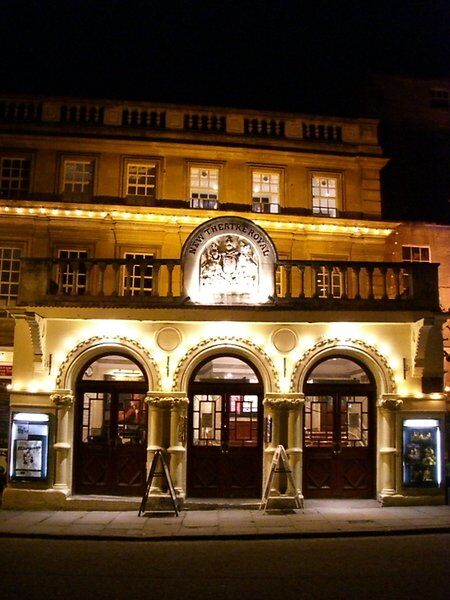
The History of the Theatre Royal in Bath
The Origins of Theatre Royal
The story of the Theatre Royal Bath begins in 1805 when the original Theatre Royal, located on Orchard Street, was closed and converted into a Catholic church in 1809. Today it is a Freemason's Hall. The new theatre, designed by George Dance the Younger, a professor of architecture at the Royal Academy, was completed on Sawclose within a year. It opened on October 12, 1805, with a performance of "Richard III."
The theatre’s construction was funded through a Tontine, a group investment plan managed by a trustee. Shares were quickly purchased by influential figures, including the Prince Regent, later George IV, and his brother Prince Frederick.

Theatre Royal: Facing Challenges
Between 1820 and 1850, the theatre faced significant challenges, including declining attendance and ticket sales, which threatened its closure multiple times. Despite these difficulties, the theatre persisted, nurturing child actors Master Betty and Clara Fisher, and adult leads such as Dorothea Jordan, William Macready, and Edmund Kean.
Destruction and War
Tragedy struck Theatre Royal on 18th April 1862 when a fire destroyed the theatre's interior; only the exterior was spared. However, a new company was quickly formed to rebuild it. C.J. Phipps won the design competition for the reconstruction, which included a new entrance on Sawclose. The new theatre opened in March 1863 with a performance of "A Midsummer Night’s Dream," featuring Ellen Terry as Titania.

In 1902, upgrades including a fire-proof curtain, additional entrances, hot-water radiators, electric lighting, and a new staircase were installed at the theatre. A series of Shakespeare plays marked the theatre's centenary in 1905 and plans for further structural repairs in 1914 were postponed due to the outbreak of World War I. Despite this, under Arthur Carlton’s management performances were still held throughout the war until the Great Depression forced a six-month closure.
During World War II, the Theatre Royal thrived, even though Bath suffered extensive bombing during the Blitz. In 1979, a trust led by Jeremy Fry purchased the theatre seeking to do it up and open it as a non-profit organisation and registered charity. An appeal launched in 1980 aimed to raise funds for the necessary renovations. The theatre closed in June 1981, and reopened on 30th November 1982, with a performance of "A Midsummer Night’s Dream," attended by Princess Margaret.
Theatre Royal in the 21st Century
On 12th October 2005, the Theatre Royal celebrated its 200th anniversary with a production of Sheridan’s "The Rivals." In 2009, the '2010 Refurbishment Appeal' was launched by Camilla, Duchess of Cornwall. The £3 million refurbishment included expanding the foyer, improving disabled access, refurbishing bars, and redecorating the auditorium. Technical improvements included a rebuilt stage and updated lighting and fire systems. The design was carried out by Fielden Clegg Bradley Studios, with construction by Midas. In 2011, the theatre won a British Construction Industry Award for conservation.
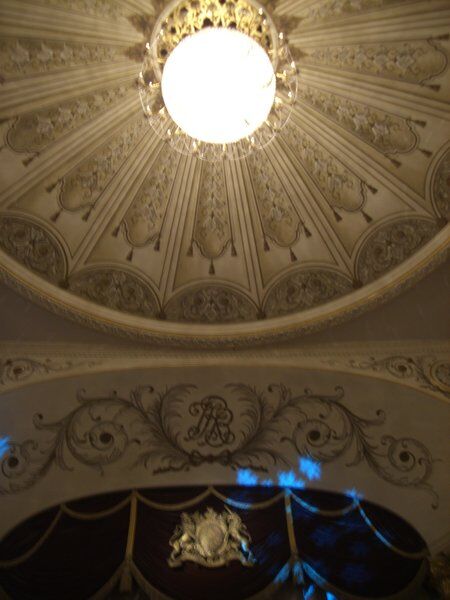
Adapting to the Pandemic
In 2020, the Theatre Royal Bath closed due to the pandemic but was one of the first theatres in the country to reopen in September with "Betrayal" by Harold Pinter. Despite the third national lockdown in 2021, the theatre reopened with Ralph Fiennes performing "Four Quartets." To ensure that performances continued throughout the year the Theatre Royal in Bath received a third grant from the Culture Recovery Fund.
Plan Your Visit
The Theatre Royal’s 2024 programme promises compelling performances, including "The Deep Blue Sea", "The Glass Menagerie", and "Life of Pi" in the main house. Meanwhile, The Egg presents family-friendly productions like "Little Shop of Horrors" and "The Little Prince”. There are also skill-development workshops such as "Movement for Actors" and "Stage Combat with Maisie Carter". But be careful, because you might just run into the resident ghost, the Grey Lady, an actress from centuries ago. She is often seen watching productions from the Grey Lady Box and leaves a distinctive trail of jasmine scent.
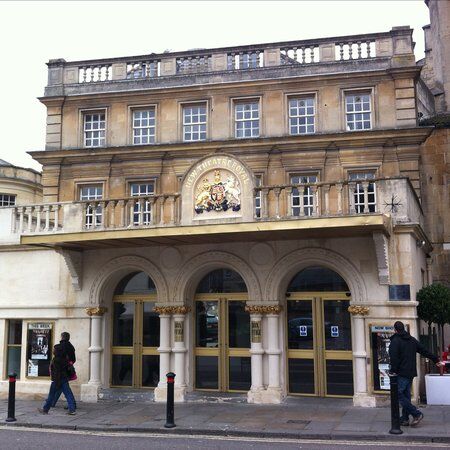
Interested in finding more places like this? Try one of our Treasure Hunts In Bath - untangle cryptic clues as a team, as you are taken on a journey to the most unique, unusual and bizarre corners of England.








